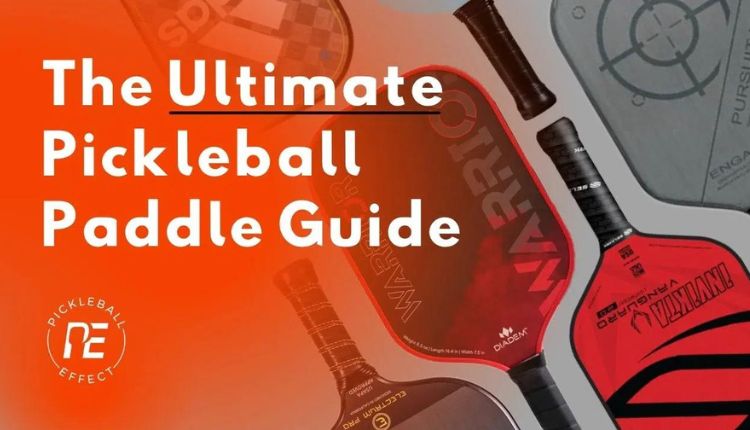
How To Choose A Pickleballs Paddle
Pickleball paddles come in many different shapes and sizes. Some are heavier than others, which can affect power and control. Core thickness is another important aspect to consider. Paddles with thicker cores have more power and a harder feel than those with thinner cores. Graphite offers superior touch and control over fiberglass, while also offering more power than other composite paddles.
Handle Length
The handle length is one of the most important factors in choosing a paddle. Longer handles allow players to reach more balls with less movement and can help prevent wrist strain. The shape of the paddle can also influence how easy it is to grip. Paddles with elongated shapes have their center of mass farther from the hand, increasing torque (the amount of force needed to rotate the paddle) and making it more difficult to pivot quickly.
Core thickness is another factor that can affect how easy it is to control a pickleball paddle. Thick cores offer more control, while thinner ones create more power. If a paddle’s maximum grip size is too small for your hand, you can use an overgrip to add more padding.
Grip Length
The grip size of a pickleball paddle determines the amount of power and precision you can exert on each shot. Paddles with a larger grip size require more wrist action and can be prone to slippage during high-intensity matches. Conversely, paddles with a smaller grip size provide less wrist action but can be more difficult to control. Choosing the right grip size is also important for your wrist and arm health. An improperly sized grip can cause unnecessary strain on your hand and wrist, leading to injuries over time.
To find the ideal grip size for you, measure from the bottom crease of your palm to the tip of your ring finger using a ruler. Alternatively, you can use your height to estimate your grip size.
Weight
The weight of your paddle can affect how much power you’ll be able to generate with each swing. Lighter pickleball paddles are great for players who favor a finesse game and allow them to make quick, precise movements. Heavier paddles offer more power, which is great for players who want to hit powerful drives and serve. However, a heavy paddle requires less speed to generate more power, and it can also fatigue your arm faster than a lighter paddle.
A midweight paddle is a good option for new players since it balances the lightness for control with a bit more weight for power behind every shot. Just be sure to avoid heavy paddles if you have tendonitis or arm injuries since they’ll put more strain on your grip and arms.
Material
Paddle materials make a big difference in how the paddle feels and performs. For example, a polymer core with smaller honeycomb cells offers more power than a standard core with bigger cells. The paddle face material can also affect how the ball reacts. Fiberglass is a common face material because it provides a good balance of power and control. It is also durable and less likely to chip or break than other materials.
If you want more power, a composite or graphite paddle with a thicker face might be a good choice for you. However, keep in mind that these paddles are usually heavier, which can take some of the fun out of playing the game. The weight can also shift the paddle’s center of gravity, making it harder to maneuver.
Design
There are many factors that contribute to the price of a pickleball paddle. The most obvious is the type of materials used in the construction of a paddle. The surface material of a paddle affects its power, control and spin. Fiberglass and carbon fiber are the most popular face materials in modern pickleball paddles. Other special materials can be added to a paddle’s core for added comfort and performance. These materials can be a combination of fiberglass, carbon fiber or graphite.
A DuPont product called Nomex is a heat and flame-resistant polymer blend configured in a honeycomb pattern for strength and a quieter performance than most other available cores. It is used in the majority of high-end paddles on the market today. This material also adds a nice amount of pop and power to a paddle.
Conclusion
The face or surface of your pickleball paddle affects power and control. We look at the different facing materials here including fiberglass and carbon fiber (also called composite). Finding the right paddle teeters between two extremes. We look at how each of the 5 areas – core material and thickness, facing layer, shape and weight – contribute to this balancing act.




